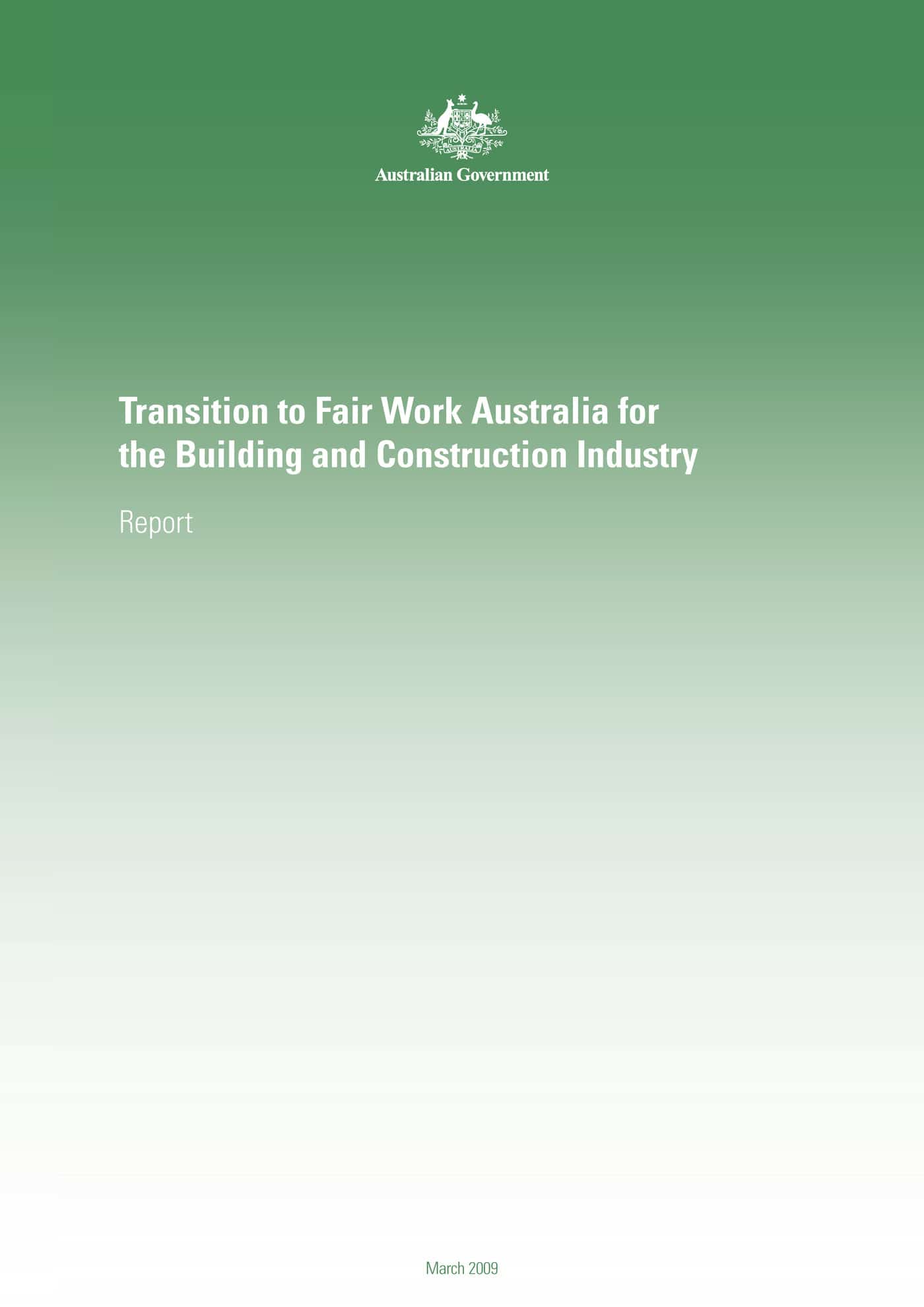Victoria’s OHS regulator, WorkSafe, was in the Sunday Age and Herald-Sun on 10 April 2011 over formal bullying complaints made by some workers in their telephone advisory services. The pressures of working in a call centre or telephone services are well-known as can be seen from the 2004 “Good Practice Guide for Occupational Health and Safety in Call Centres” that, it seems, WorkSafe was involved with developing.
Michael Birt of WorkSafe told the Sunday Age that
“The fact that from time to time people do raise concerns is positive; it confirms people are comfortable raising issues and know they’ll be investigated.”
He is right that reporting of any OHS incident is an important first step to controlling the hazard but that such a hazard exists in WorkSafe, a leading adviser on workplace bullying in Australia, illustrates just how difficult and fraught workplace bullying is to address.
Karen Batt of the Community & Public Service Union acknowledged that workplace bullying has a range of causes including “work overload, excessive demands, under-resourcing”.
Bullying has been a particularly hot topic in Australia’s media at the moment due to the introduction of Brodie’s Law and reports of abuse coming from the Australian Defence Forces. I wonder how the debate would be running if the Australian government’s OHS harmonisation process had already released its draft code of practice on bullying which is due in a couple of months.

 It should be stated here that SafetyAtWorkBlog does not support the ABCC. The Commission is a travesty and a political construct of the conservative side of politics. That the Rudd Labor government has allowed the Commission to persist is atrocious. However, the ABCC was established because of the perception that the Australian building and construction industry was corrupt, regardless of the absence of evidence through the Cole Royal Commission. Has the construction unions addressed this perception? No.
It should be stated here that SafetyAtWorkBlog does not support the ABCC. The Commission is a travesty and a political construct of the conservative side of politics. That the Rudd Labor government has allowed the Commission to persist is atrocious. However, the ABCC was established because of the perception that the Australian building and construction industry was corrupt, regardless of the absence of evidence through the Cole Royal Commission. Has the construction unions addressed this perception? No.

